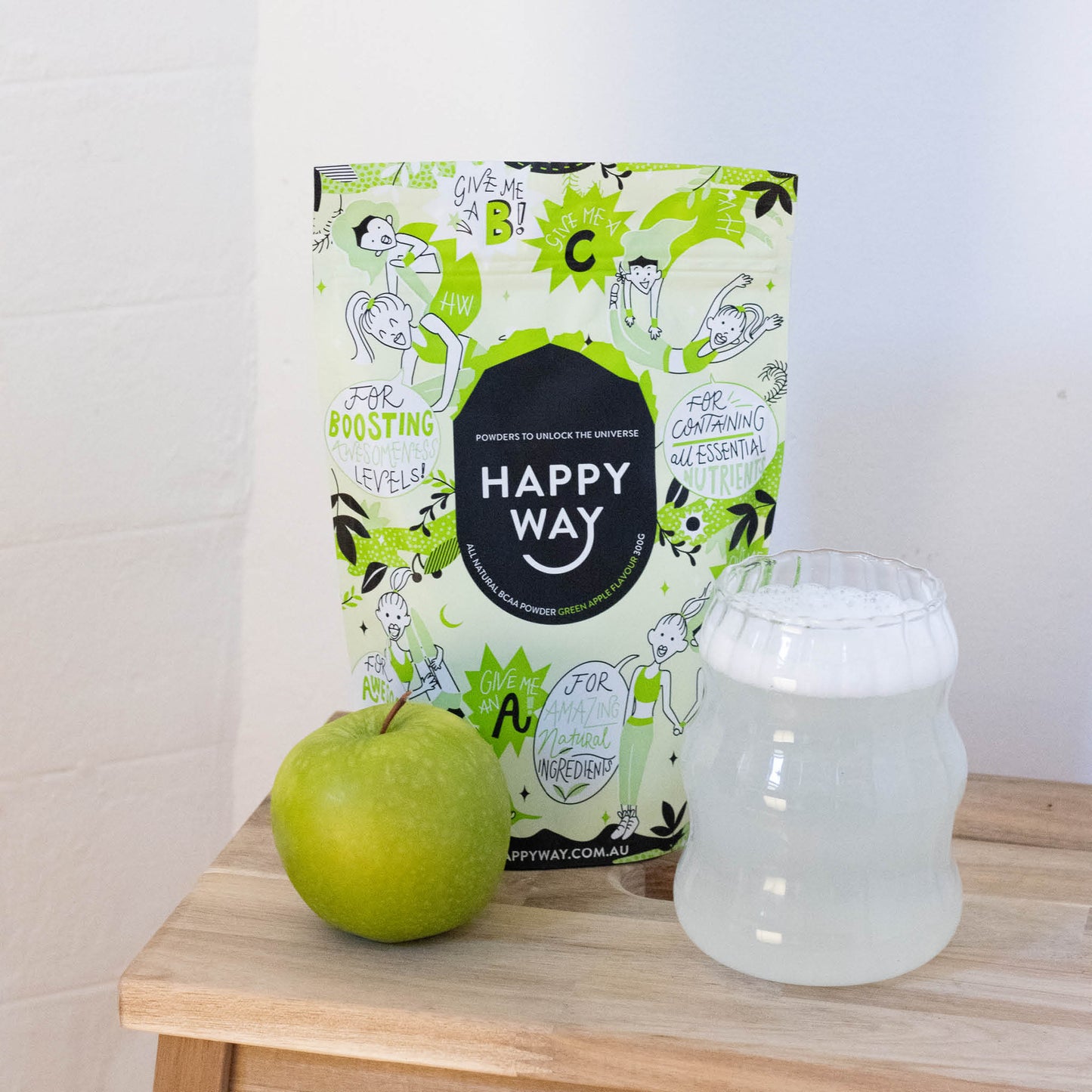What is DOMS?
Delayed onset muscle soreness is that pain and tightness in your muscles that you feel 24-48 hours after a more intense workout than usual. It occurs when your muscles aren’t used to the volume of training stressing the muscle tissue, causing the fibres to form microscopic tears. This stress on the muscle is caused by activity where the muscle is contracting and lengthening, leading to muscle strain or DOMS with an inflammatory response.
Luckily, delayed onset muscle soreness is only temporary, often only lasting a few days. During that time, it can be uncomfortable and painful. There are a few things you can do if you’re experiencing symptoms, here we will go through how to relieve sore muscles and prevent delayed onset muscle soreness.
6 Tips on how to relieve sore muscles
Ice

Ice can be used to relieve sore muscles after a workout to relieve swelling and reduce inflammation by decreasing blood flow to the affected area. It’s best to apply cold therapy within 48 hours for 10 minute periods, alternating with heat packs or hot baths. Cold therapy is best known to athletes as RICE: rest, ice, compression, elevation, helping to relieve pain and numb sore tissues, while reducing the risk of tissue damage and swelling.
Heat

Applying heat helps speed up the healing process of sore tissues by promoting blood flow and relaxing your muscles. Things like heat packs and warm baths or showers can help reduce the feeling of stiffness in your body when you’ve overexerted yourself in a workout. You can get through the next few days of delayed onset muscle soreness with a little help from your trusty heat pack and some relaxing and hot Epsom salt baths. Epsom salts or magnesium sulfate can help reduce inflammation and relax sore muscles.
Massage

Is there anything in the world that feels better than a massage? But it doesn't just feel amazing, it helps relieve sore muscles by promoting blood flow and easing inflammation. Inflammation from delayed onset muscle soreness is caused by microscopic tears in muscle fibres and surrounding tissues from exercising in a new or harder session. Stimulating the area through massage can bring newly oxygenated blood to the area which helps get rid of the lactic acid that builds up in muscles. You can get a professional massage or use a foam roller to massage the sore areas yourself.
Protein

Another way how to relieve sore muscles is by consuming protein before and after training. Protein helps to strengthen the muscle fibres that have been torn during exercise, refuelling the muscles and reducing the impact of delayed onset muscle soreness. After a workout, you should consume protein-rich foods or drinks to prevent muscle soreness and help the repair, maintenance and growth of muscles. You should aim to have a protein shake or bar within 45 minutes of finishing your workout, we recommend our Cacao mint hemp protein powder, or if you’d prefer a delicious snack, try our protein balls recipe.
Stretch

Light stretching can relieve pain from delayed onset muscle soreness by releasing the tightness and increasing your range of motion. Your muscles contract during exercise causing the muscle fibres to get shorter. Stretching lengthens these muscles. While it won’t help to repair the tears, it can help ease the feeling of tightness and get you moving. So, you should aim to have a pre and post workout stretching routine as warm up and cool down sessions to help prevent and reduce the impact of delayed onset muscle soreness.
Hydrate

Delayed onset muscle soreness can have a higher impact on our bodies if we’re dehydrated as the delivery of nutrients to muscles becomes slower causing muscle soreness and cramps. It’s important to drink water before, during, and after exercise to aid muscle repair and growth. When you’re participating in a harder workout, your muscles need more oxygen and water to pump your blood, so you need to make sure you’re hydrated and replacing the fluid lost through sweat. Sweating can cause a lack in electrolytes which can impact the severity of delayed muscle soreness, so try to drink plenty of water and eat foods with adequate potassium and sodium, such as bananas, coconuts, and raisins. Why not try our protein banana bread recipe or our delicious vanilla coconut lime protein balls to give you the boost of potassium and protein you need to get the best results and help your muscles grow and recover.
If you intend to increase the intensity of your exercise program there are some other things you can do to prevent delayed onset muscle soreness before and during exercise.
- Build up the intensity, weight or duration of your sessions gradually. Increase your program in small amounts, session by session so that your muscles have time to get used to a greater difficulty.
- Add warm and cool down sessions before and after your training session. Make sure your muscles are warmed up and ready to go and have the time to relax and stretch out afterwards.
- Maintain form and technique to prevent injury or overusing the unintended muscle.
- Keep moving during your workout so that fresh blood is consistently sent to your muscles.
If you’d like a little more information about how to relieve sore muscles, contact us at Happy Way and we’d be happy to point you in the right direction and give you professional advice on the benefits of whey proteins and vegan protein powder to reduce muscle pain.








